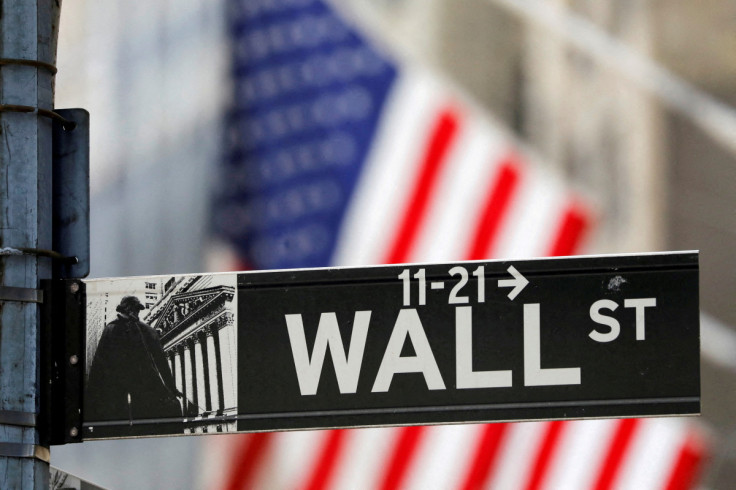Why Wall Street Keeps On Fighting The Fed
In the press conference that followed the regular March FOMC meeting last Wednesday, Federal Reserve Chair Jerome H. Powell had a clear and loud message for Wall Street: No interest rate cuts in the offing.
That should have disappointed traders and investors in U.S. debt and equities who beat up bonds and stocks ahead of the FOMC meeting expecting to hear that the Fed is ready to reverse course and prompt a broad sell-off.
But it didn't, as traders and investors staged another fight against the Fed. After a brief sell-off in late afternoon trading, major equities rallied on Thursday, as the talk on financial media was about interest rate cuts rather than interest rate hikes.
"Markets seem set to fight the Fed all the way," Oliver Rust, head of product at Truflation, told International Business Times. "Investors are already pricing in three rate cuts this year alone, and this has certainly not been signaled. So we will likely see a continued disconnect between markets and the U.S. Central Bank as the warring interests of financial and price stability continue to clash."
Fighting the Fed is a bad idea on Wall Street. It can be harmful to traders and investors who do just that.
The nation's central bank can determine liquidity and interest rates, which are critical factors in asset valuation.
When the Fed raises interest rates, asset valuations decline, as the future cash flows they generate for their holders are less valuable when discounted to the present.
By contrast, asset valuations rise when the Fed lowers interest rates as future cash flows become more valuable.
Thus, the prudent Wall Street strategy is to sell assets as the Fed raises interest rates and buy assets as the Fed lowers interest rates.
But in the last six months, traders and investors have kept doing the opposite: They have been buying stocks as the Fed keeps raising interest rates, always coming up with a good reason that the Fed is about to reverse course soon.
Early on, Wall Street fought the Fed, believing it didn't know what it was doing, as it failed to act earlier rather than later to keep inflation under control.
Then it fought the Fed on the belief that it misread inflation numbers and the direction of the U.S. economy.
Now, the belief is that the Fed must pay more attention to financial stability rather than inflation, as the risk of a recession is rising.
"Earlier this month, Jay Powell had hinted that the federal funds rate would rise half a percentage point in today's meeting," Udayan Roy, professor of economics at Long Island University, told IBT. "Instead, the rate was raised by an a-quarter-percentage point to the 4.75-5.00 range, as inflation remains higher than the target, and the labor market remains tight. These conditions suggested a half percentage point hike in the Fed funds rate. But the recent banking industry problems were equivalent to an increase in interest rates. For this reason, the Fed went with a quarter percentage point increase."
Roy points to the Fed's Summary of Economic Projections (SEP), which calls for GDP growth to be low (0.4%) in 2023 and to rise gradually in 2024 and 2025 toward a long-run growth rate of 1.8% and a PCE inflation of 3.3% in 2023 and 2.0% in 2024.
"So, the FOMC seems to believe that the current round of rate hikes is ending with a gradual return to 2 percent inflation and a soft landing," he explained. "Chair Powell appeared to be not too worried about a full-blown banking crisis."
Madhavi Bokil, senior vice president, CSR-CSS, at Moody's Investors Service, provides further insight into the Fed's decision-making process. "The FOMC's decision to raise the federal funds rate by 25 basis points at its March meeting to 4.75%-5.00%, combined with the dot plot envisioning a restrictive policy stance through the end of 2024, signals that the Fed remains committed to cooling the economy to lower inflation," she told IBT.
Bokil believes the Fed's next move is data-dependent rather than assured rate cuts as Wall Street expects. "Current inflation and labor market trends support our baseline scenario of at least two additional 25 bps rate increases, taking the fed funds rate to the 5.25%-5.50% range," she said. "But the level of additional tightening occurring via the banking and financial system remains uncertain. Therefore, the FOMC will take a meeting-by-meeting approach to its monetary policy decisions."

© Copyright IBTimes 2024. All rights reserved.






















